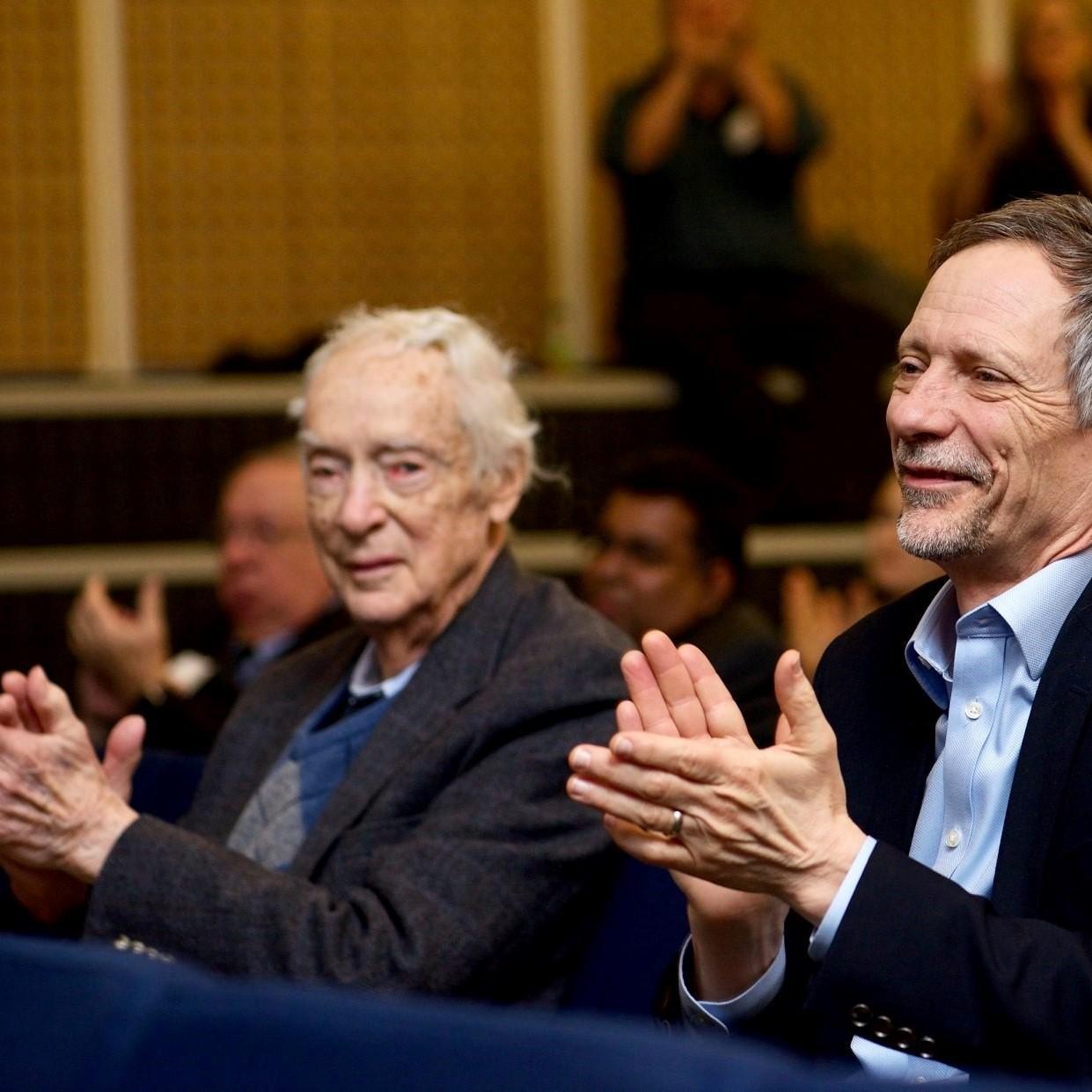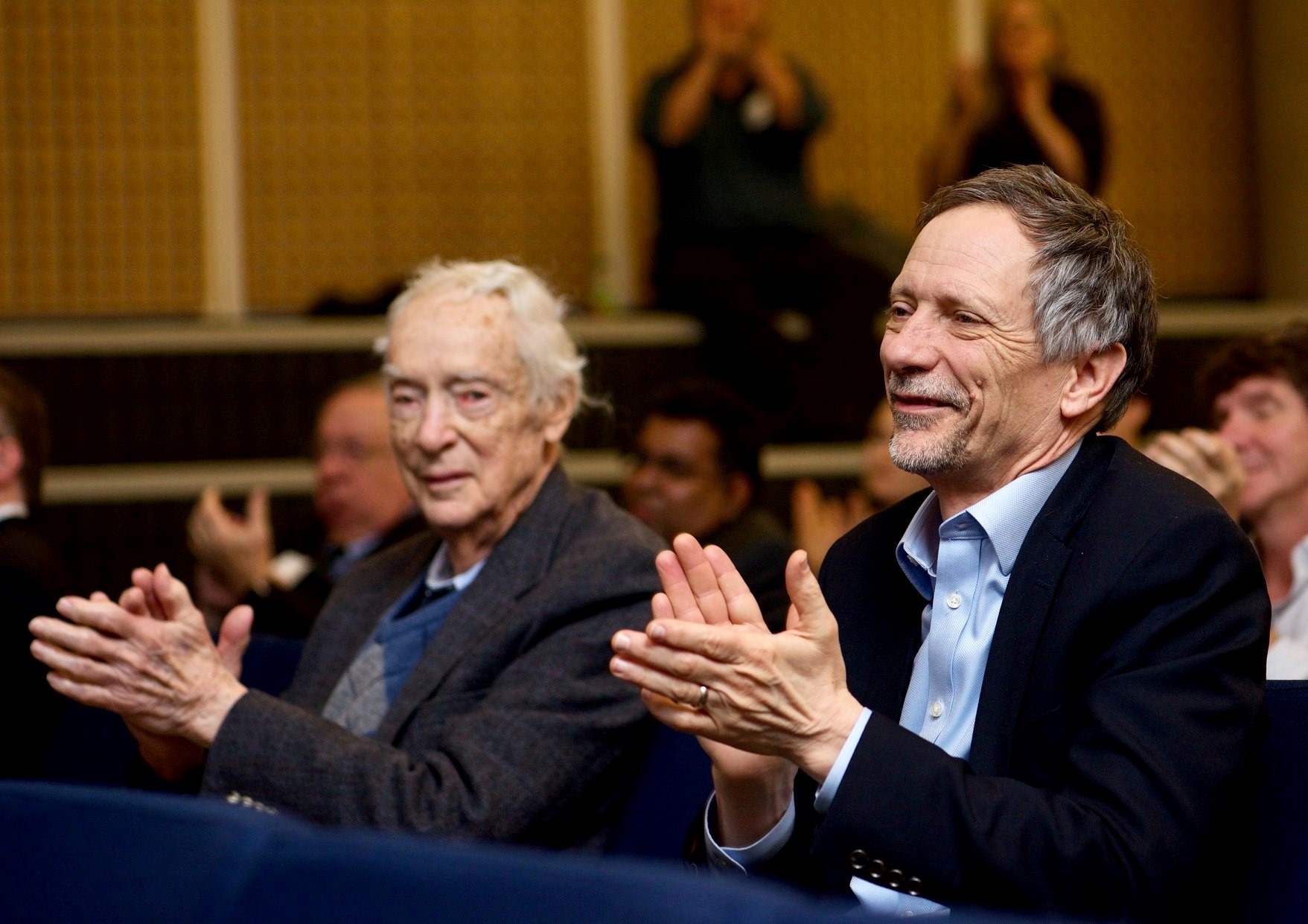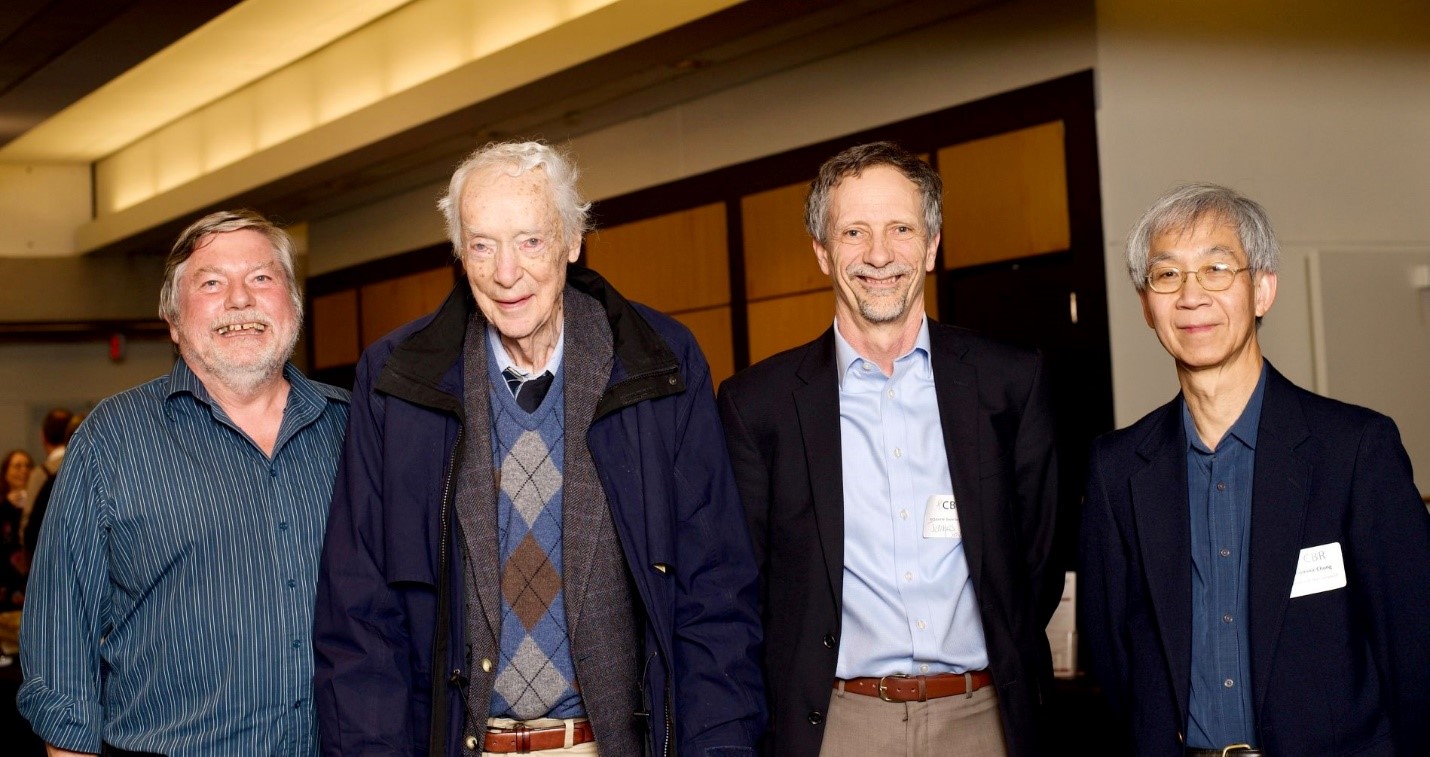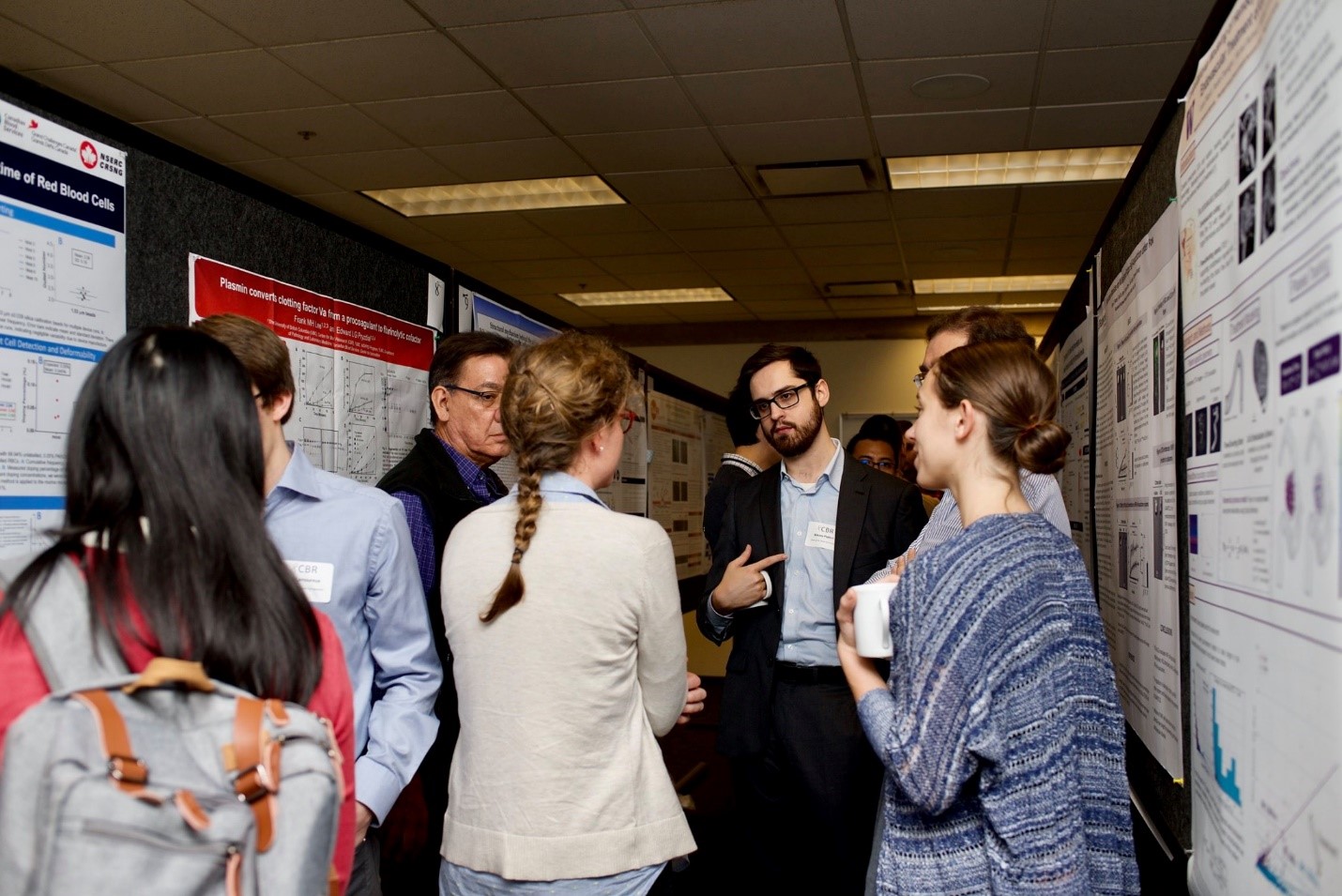Earl W. Davie Symposium – 13 years of inspiration

Since its inauguration in 2007, I have had the pleasure of attending almost all Earl W. Davie Symposia. Both this event and the annual Norman Bethune Symposium are cornerstones of the academic calendar at the Centre for Blood Research, a multidisciplinary biomedical research institute in Vancouver, BC, which conducts innovative research in blood and blood-related processes.
Dr. Davie, in whose honour this symposium is held, is truly a giant in the world of biochemistry and blood coagulation. His research to understand the proteins involved in blood coagulation led him to be one of the first scientists to describe how blood clots. This work was published in a seminal paper in the journal Science in 1964. Dr. Davie’s work in the field continued and his contributions to advancing understanding of blood clotting, disorders related to clotting (e.g. hemophilia) and to developing therapies are immense.

Despite a career spanning seven decades it seems Dr. Davie’s interest in the field of protein biochemistry and blood coagulation has not waned. He is a member of the US National Academy of Science and a Professor Emeritus of Biochemistry at the University of Washington. The now 92-year-old has attended almost all the symposia held in his honour, making the journey from Seattle to Vancouver. He missed the 2018 symposium due to ill health, so it was especially wonderful to see him in Vancouver this year.
The lineup of presenters for the 2019 symposium was impressive. To read a more detailed account of the presentations, please visit the Centre for Blood Research's blog.

My highlights of the 2019 symposium included the talk by Dr. David Lillicrap (Queen’s University), recipient of the first-ever Naiman-Vickars Professorship. Dr. Lillicrap began with some historical perspectives on hemophilia therapy. Advances over the past decades mean therapies for hemophilia are safe and generally effective, but there are drawbacks – current treatments are inconvenient, can cause immune reactions, and are expensive and not accessible to everyone. Dr. Lillicrap described ongoing innovations in this field, including gene therapy, cellular therapy and engineering approaches, which are heralding several promising new and improved therapies - the future of hemophilia care.
Dr. Joseph Italiano’s (Harvard) presentation on the production of platelets was fascinating. Platelets are small cellular fragments that are central to blood clotting. Dr. Italiano’s work to understand how platelets are produced in the body is informing efforts (with the company Platelet Biogenesis) to produce functional bio-engineered human platelets outside the body.
My final highlight was Dr. Nigel Mackman’s (UNC Chapel Hill) presentation about coagulation defects associated with cancer. Dr. Mackman explained that cancer patients are at a 4- to 7-fold increased risk of thrombosis – inappropriate clotting in the blood vessels that can lead to pulmonary embolism, heart attacks, or stroke. Dr. Mackman is working to understand why this is the case and look for markers that could be used to determine which patients are most at risk.

What is always evident at this symposium is the continued impact of Dr. Davie’s work on the field. Every year, we hear how Dr. Davie’s research and discoveries remain relevant and continue to inform the work of other experts as they try to answer critical questions in coagulation and improve therapies for patients. This, to me, is the ultimate testament to the remarkable body of work generated by Dr. Davie over the course of his career.
The Centre for Blood Research at the University of British Columbia hosts three Canadian Blood Services scientists and affiliated staff, postdoctoral fellows and students. Canadian Blood Services and the Centre for Innovation are proud to partner with the Centre for Blood Research to deliver training and education events including the annual Earl W. Davie Symposium.
Canadian Blood Services – Driving world-class innovation
Through discovery, development and applied research, Canadian Blood Services drives world-class innovation in blood transfusion, cellular therapy and transplantation—bringing clarity and insight to an increasingly complex healthcare future. Our dedicated research team and extended network of partners engage in exploratory and applied research to create new knowledge, inform and enhance best practices, contribute to the development of new services and technologies, and build capacity through training and collaboration. Find out more about our research impact.
The opinions reflected in this post are those of the author and do not necessarily reflect the opinions of Canadian Blood Services nor do they reflect the views of Health Canada or any other funding agency.